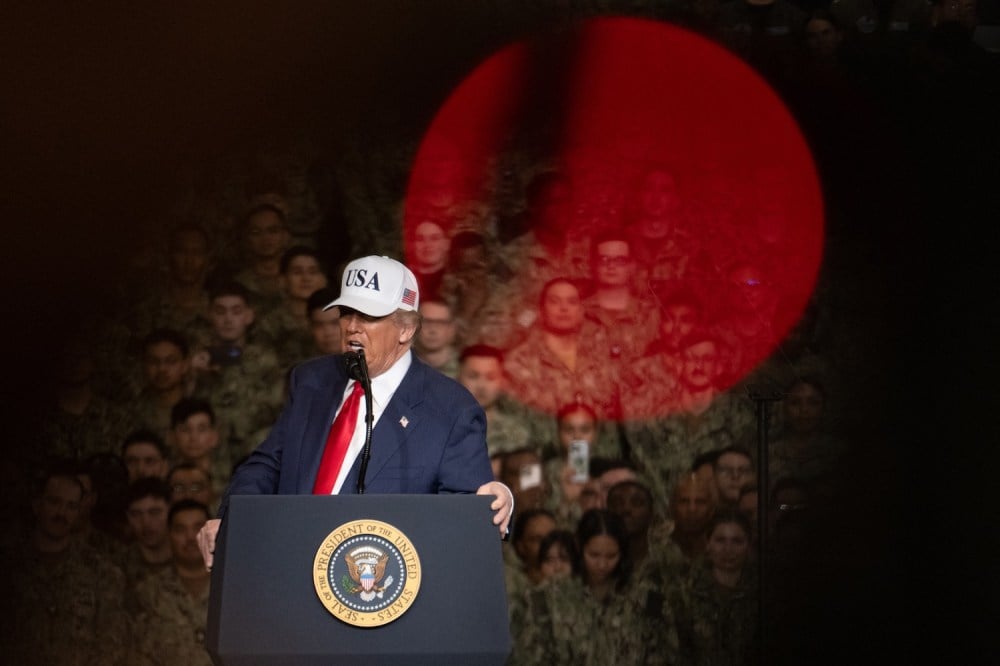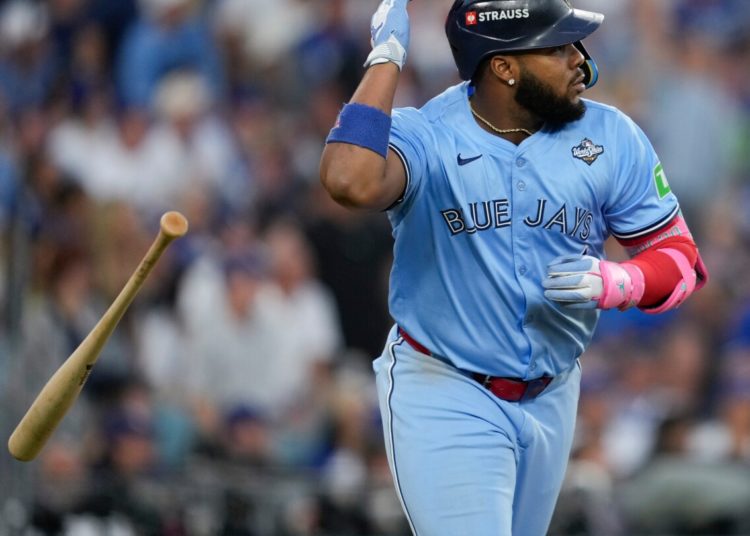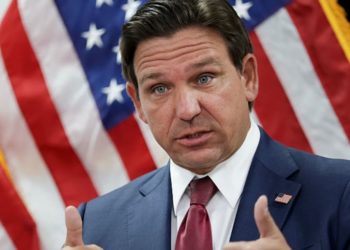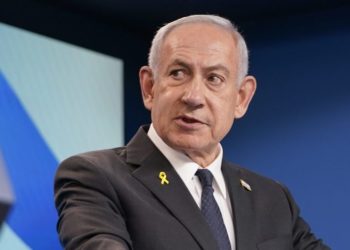Welcome to Foreign Policy’s China Brief.
The highlights this week: U.S. President Donald Trump and Chinese President Xi Jinping agree to a “framework” ahead of a meeting on Thursday, Trump’s relationship with Japanese Prime Minister Sanae Takaichi could stir tensions with Beijing, and government efforts to control a mosquito-borne disease draw backlash.
What to Expect When Trump Meets Xi
U.S. Treasury Secretary Scott Bessent has suggested that U.S. President Donald Trump and Chinese President Xi Jinping are ready to call a truce in their trade war when they meet in South Korea on Thursday.
Preparatory talks, according to Bessent, have led to agreement on a “framework” that includes a pause on China’s rare-earth sanctions, the final stamp on a deal to allow popular video app TikTok to continue operating in the United States, and Beijing’s promise to buy U.S. soybeans. The Chinese side has been putting out similar positive signals, calling the talks candid and positive.
Trump threatened two weeks ago to impose additional 100 percent tariffs on China after Beijing announced a rare-earth control regime that hit a sore spot for Washington. The U.S. tariffs were expected to take effect on Saturday, but markets were already skeptical about them materializing—dipping briefly after the announcement before rising again after he appeared to back off.
Traders’ confidence that Trump abandons threats rather than face the consequences—the notion that “Trump always chickens out”—may have been justified again. Perhaps likewise, the combination of U.S. and European Union pressure is also giving China second thoughts about using its new rare-earth control regime.
Still, the move rattled the United States. Since the rare-earth sanctions were announced, Trump administration officials have been consulting China experts in the private sector for advice on finding sources of leverage over Beijing, many of which the White House has already undermined since Trump took office in January.
Speaking on background, two of the experts consulted told Foreign Policy that the Trump officials were contemptuous of previous government research—but their own ideas for potential leverage were out of date, such as targeting the Chinese supply of jet fuel. Unlike the United States, China has moved to identify and often to fix dependencies on critical imports; for instance, Beijing now holds critical monopolies on jet fuel production.
The lack of an actual plan from the Trump administration’s China hawks seems to have allowed the trade faction—represented by figures such as Bessent and Commerce Secretary Howard Lutnick—to come back into the ascendant. But I’m still not certain that a real deal will come out of Thursday’s Trump-Xi meeting rather than a temporary truce.
Even if an agreement emerges this week, neither side is likely to keep it.
On the U.S. side, sticking to a deal would depend on an increasingly erratic president. Just this week, Trump shut down trade talks and imposed extra tariffs on Canada, the third-largest U.S. trading partner, because a political advertisement made him mad. The U.S.-China relationship has multiple points of friction, any of which could set Trump off on any given week, just as the rare-earth controls did.
Though Xi is a more stable leader than Trump, China has a poor record of keeping deals with the United States. Beijing didn’t buy any of the $200 billion in extra exports that it promised as part of the so-called Phase One trade deal struck during Trump’s first term. And a 2015 cybersecurity truce did nothing to prevent China’s massive penetration of U.S. infrastructure or hacking of private companies.
The most likely outcome of Thursday’s meeting, then, is a return to the status quo ante—possibly with Trump initiating another 90-day pause on his mega-tariffs. If Xi offers enough flattery, however, Trump may agree to a longer-lasting deal—even if neither side can uphold its end of it. The meeting may also prompt another round of stocking up from U.S. businesses worried about the trade war resuming.
China might agree to go back to buying U.S. soybeans—an industry that has become a political risk for Trump. But after China arranged alternate suppliers in Brazil and Argentina, I doubt that Beijing will keep that agreement. Chinese soybean purchases from the United States have been falling since 2022, part of a general shift toward South American suppliers for agricultural imports.
But even if it’s just a temporary pause, at least averting a tariff apocalypse saves Christmas.
What We’re Following
Brewing tensions with Takaichi? Trump’s closeness with Japan’s new prime minister, nationalist Sanae Takaichi, could be an ignition point in the U.S.-China relationship. Takaichi seems to have wooed Trump both with promises to cooperate on rare earths and trade as well as straightforward sycophancy, offering to nominate him for the Nobel Peace Prize.
That’s an impressive feat for a Japanese prime minister, given Trump’s frequent (and false) accusations of unfair trade practices by Tokyo in the past. But it is also potentially explosive: China is very skeptical of Takaichi, an advocate of Japanese remilitarization and a tough approach to China who follows in the footsteps of former Prime Minister Shinzo Abe, the assassinated Japanese leader who was her political mentor.
Takaichi has so far showed diplomatic tact in avoiding any visit to the controversial Yasukuni shrine, but Xi did not send the usual congratulatory note after her election victory, instead leaving the job to Chinese Premier Li Qiang—a deliberate snub.
Military purge updates. After the official announcement that nine military leaders were expelled last week, the flagship newspaper of the Chinese People’s Liberation Army (PLA)—the PLA Daily—is running a series on the need for political loyalty and will in the military. The articles lean on reliable cliches (such as “the steel must be tempered,” drawn from one of Xi’s favorite books, a Soviet potboiler), but they also reinforce Xi’s political supremacy.
The PLA Daily articles are another blow to a persistent claim in the diaspora rumor mill: that Xi was losing power to PLA Gen. Zhang Youxia and that the Chinese Communist Party’s recently concluded Fourth Plenum would see a dramatic leadership announcement. Instead, the plenum concluded undramatically, and Xi looks as in command of the party as ever.
FP’s Most Read This Week
- Xi May Have Miscalculated on Rare Earths by Alasdair Phillips-Robins
- Is the U.S. Ready for War With China? by Franz-Stefan Gady
- It’s (Still) Henry Kissinger’s World by Julian E. Zelizer
Tech and Business
Mosquito control draws pushback. The chikungunya virus, an unpleasant but rarely fatal mosquito-borne disease, is spreading worldwide—but the fight to control it in China has become a public relations disaster. A serious outbreak began in the southern province of Guangdong in July, leading local authorities to mobilize public health workers to track the disease, eliminate the stagnant pools of water where mosquitos breed, and make the use of mosquito repellent compulsory.
However, there has been serious pushback to the program thanks to overreach. City authorities in Pengyuan demanded that locals hand over the keys to their homes so that officials could enter to check for sitting water. In Zhanjiang, officials broke into a home into the middle of the night and took blood from sleeping children for tests.
These measures have caused flashbacks to the zero-COVID policy, when a rigid testing and surveillance program dominated life in China for three years. But public complaints caused the Pengyuan authorities to back off, issuing a list of 22 “don’ts” for public health workers—such as killing pets, breaking into property, and using powerful pesticides near residences.
Though the government has tried to paper over the protests that helped end zero-COVID, Chinese officials clearly haven’t forgotten them.
AI safety race. Though the United States is generally considered to be ahead of China in the artificial intelligence (AI) race, Beijing may have the advantage in one area generally overlooked by Silicon Valley: safety. China has a much tighter online regulatory regime than the United States; it is happy to have AI anchors give national security warnings on social media but has concerns about putting too much power in the hands of everyday users.
Though much of these safety efforts are directed toward censorship and opinion control, they are also aimed at more ordinary, sometimes laudable purposes—such as data protection and regulating minors’ internet access. As a result, China has led the world on AI regulation.
As stories break about AI-driven psychosis and chatbots’ encouragement of teen suicide, Chinese large language models seem to be ahead of the game, refusing to follow dangerous cues that the biggest Western models encourage.
The post Can Trump and Xi Strike a Deal? appeared first on Foreign Policy.




